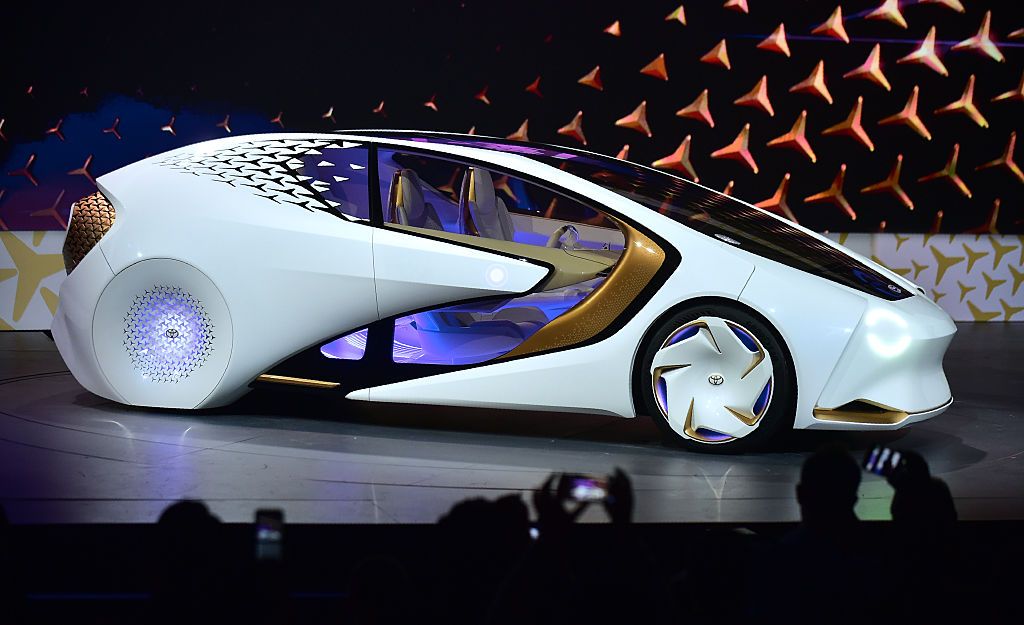Almost as if a switch had been flipped near the end of the 1950s, American stylists dropped baroque, overly complicated and ornamented designs for much simpler ones. This can be seen in production cars starting around 1960 or 1961 for many brands. That fashion continued for much of the decade.
This post deals with a Ford concept car from those times, the Allegro that was announced mid-1963. Unlike a number of concepts from that era, it had production potential, being based on Taunus (German Ford) mechanicals. Since this was also a time when American firms were marketing what were termed "captive imports" -- cars brought over from their overseas affiliates -- it's possible that the Allegro was a test of a sporty Taunus, even though styling was done in Dearborn.
An interesting feature was its Ford Mustang-like front design that anticipated production Mustangs that were announced in April 1964. Actually, "anticipate" isn't really correct. The Mustang frontal design was essentially established by the fall of 1962, about the same time Allegro's design was finalized. So apparently the Allegro was a form of Mustang preview, and conceivably might have retained a Mustang feeling had it ever entered production.
An Allegro styling mockup from the summer of 1962. Its grille has no Mustang relationship.
The initial Mustang, revealed April 1964.
The mid-1963 Allegro showing a frontal design done in the same spirit as the Mustang.
The Allegro was a very trim design featuring a tall "greenhouse" -- proportions often seen from the early 1960s until aerodynamic considerations began dictating body shapes by the mid-1980s. I find the wheels a little on the small side and the greenhouse a little too high. The cure would be larger wheels and a slightly higher belt and fender line. The tail lights are nicely round and Ford-like (from the 1950s), but are too large and carry a hint of the jet fighter influence prominent in some previous Ford concept cars.
Almost as if a switch had been flipped near the end of the 1950s, American stylists dropped baroque, overly complicated and ornamented designs for much simpler ones. This can be seen in production cars starting around 1960 or 1961 for many brands. That fashion continued for much of the decade.
This post deals with a Ford concept car from those times, the Allegro that was announced mid-1963. Unlike a number of concepts from that era, it had production potential, being based on Taunus (German Ford) mechanicals. Since this was also a time when American firms were marketing what were termed "captive imports" -- cars brought over from their overseas affiliates -- it's possible that the Allegro was a test of a sporty Taunus, even though styling was done in Dearborn.
An interesting feature was its Ford Mustang-like front design that anticipated production Mustangs that were announced in April 1964. Actually, "anticipate" isn't really correct. The Mustang frontal design was essentially established by the fall of 1962, about the same time Allegro's design was finalized. So apparently the Allegro was a form of Mustang preview, and conceivably might have retained a Mustang feeling had it ever entered production.
An Allegro styling mockup from the summer of 1962. Its grille has no Mustang relationship.
The initial Mustang, revealed April 1964.
The mid-1963 Allegro showing a frontal design done in the same spirit as the Mustang.
The Allegro was a very trim design featuring a tall "greenhouse" -- proportions often seen from the early 1960s until aerodynamic considerations began dictating body shapes by the mid-1980s. I find the wheels a little on the small side and the greenhouse a little too high. The cure would be larger wheels and a slightly higher belt and fender line. The tail lights are nicely round and Ford-like (from the 1950s), but are too large and carry a hint of the jet fighter influence prominent in some previous Ford concept cars.
















EmoticonEmoticon